Shoes are one of the vital elements in our daily lives. While buying a pair of shoes may feel very easy and simple, making a pair of shoes can follow a whole process and strict manufacturing standards. The whole process can involve many steps or can be a straightforward process. Each part, and every seam will require careful looking after; exquisite workmanship and a wealth of experience will be required from design through to the making of the last. At Naikeway, with more than 20 years of manufacturing experience, we understand the significance of each step. For this reason, we would like to invite you into the world of making shoes, to outline the common and important steps in the basic shoes production process, and help you better understand the origins of a pair of shoes.
Upper Craftsmanship: Diversified weaving determines quality and cost
There are many kinds of processes for making uppers, among which mesh weaving technology is the most common and important one in the fields of sports shoes, casual shoes, etc. Different weaving methods not only give shoes different appearances and textures, but also directly affect the production cost and the price of the finished product.
In the manufacture of uppers, several common mesh weaving methods include:
Flyknit, Woven, Warp Knitting, Jacquard Knitting
Different weaving processes correspond to different machines. Some equipment supports batch weaving of a large piece of fabric, and then completes the upper by cutting; while some equipment can only weave a single upper separately. This directly determines the production efficiency, material utilization rate and the cost structure of the final product.
Therefore, the price difference of the same mesh upper using different weaving technologies will be very obvious.
At Naikeway, we flexibly select the most suitable upper process according to the customer's product positioning and budget requirements to ensure that both functional requirements and cost control are met.
Upper Craftsmanship: inlay and three-dimensional molding, giving the shoes more layering
In addition to basic weaving techniques, modern upper designs often use various inlay and three-dimensional molding techniques to enrich the appearance details of the shoes and enhance the texture and functionality. Different process choices not only bring different visual effects, but also directly affect the feel, durability and market positioning of the shoes.
Common inlay upper processes include:
Screen Printing: Screen Printing is to spray glue or ink on the upper of the shoe through the screen printing process to form delicate patterns, logos or textures.
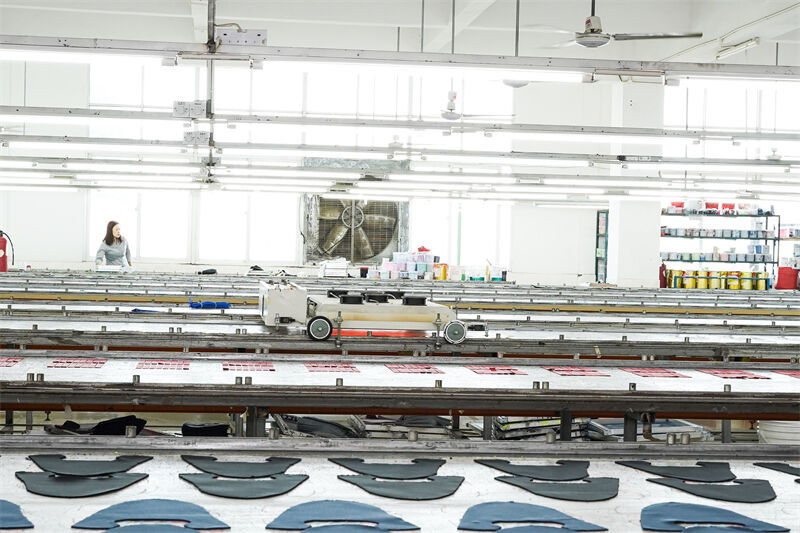
High-Frequency Welding: High-Frequency Welding is the process of using a high-frequency machine to heat and fuse TPU or PVC materials onto the upper of a shoe. It is often used to create a logo or pattern with a stronger three-dimensional feel. Compared with screen printing, the pattern formed by the high-frequency welding process has a stiffer feel and better wear resistance.
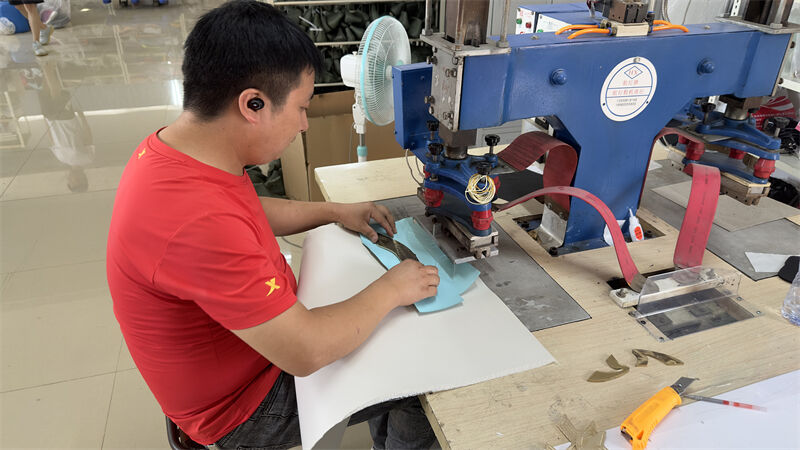
Hot-Melt Seamless Technology: The seamless process uses hot-melt film material, which is pressed from the inside to the outside on the upper through a high-temperature mold, giving the upper surface a soft convex feel.
KPU Molding: KPU molding is to directly inject liquid TPU on the upper, which has a three-dimensional effect far beyond the seamless process, with a tough texture and rich details. KPU technology is widely used in mid-to-high-end sports shoes.
Laser Perforation: Laser Perforation is to make holes on the upper of the shoe through laser or electrocarving technology, which can be used to improve breathability.
Gradient Finishing: Gradient Finishing is a process that makes the surface of the shoe upper present a gradient color or gradient texture. Depending on the different materials (such as mesh, leather, artificial leather, etc.), the technical route of gradient finishing is also different.
At Naikeway, we flexibly master and apply all kinds of advanced upper technology mentioned above, and can tailor the best upper solution according to the brand positioning and market demand of different customers.
Sole craftsmanship: the key to comfort and durability
As the main part of the shoe that contacts the ground, the sole is not only related to wearing comfort, grip and support, but also directly affects the weight, wear resistance and service life of the entire pair of shoes. There are many options for sole manufacturing processes depending on the shoe type, application scenario and positioning.
Common sole manufacturing processes include:
EVA foaming: EVA foaming is a lightweight midsole process. The soles made in this way are also called MD soles, which are widely used in running shoes, sports shoes and casual shoes. By foaming EVA materials under high temperature and high pressure, the soles are soft and have good elasticity.
Injection Molding: Injection molding is mainly used to make one-time molded soles, especially for soles made by PVC. Liquid materials are injected into the mold and cooled, this sole is cheaper than other soles.
Compound Sole Technology: For specific needs, high-end sports shoes often use a combination of MD midsole + rubber/TPR outsole, which combines the lightweight of MD with the anti-slip and wear-resistant of rubber/TPR.
Assembly Process: the key link in determining the shoe shape
The following are some common assembly methods used in shoes manufacturing:
Cold Cement: Cold Cement is a widely used integral forming method. In the process, after the upper is cut and sewn, it will be coated with special glue and placed in a heating and shaping machine for forming.
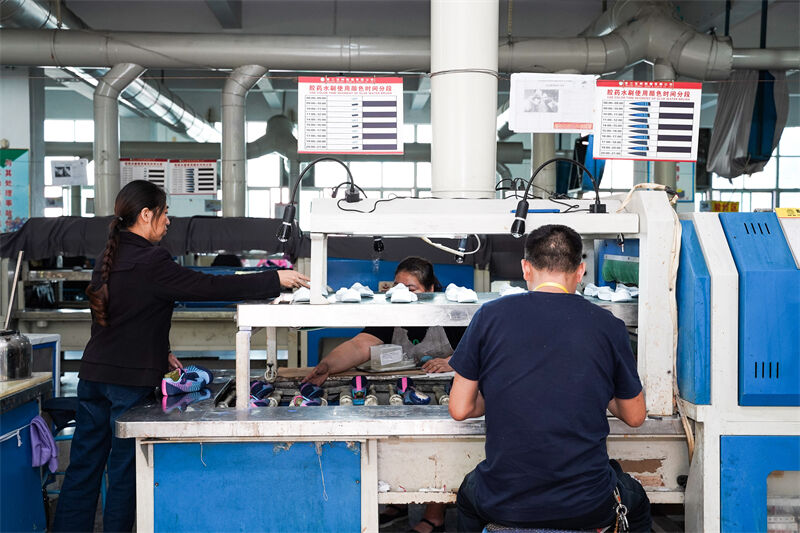
Pull-Over: Pull-Over is a more traditional assembly process, suitable for some uppers with complex structures or stiff materials, such as leather shoes and boots. This process is done manually or semi-automatically.
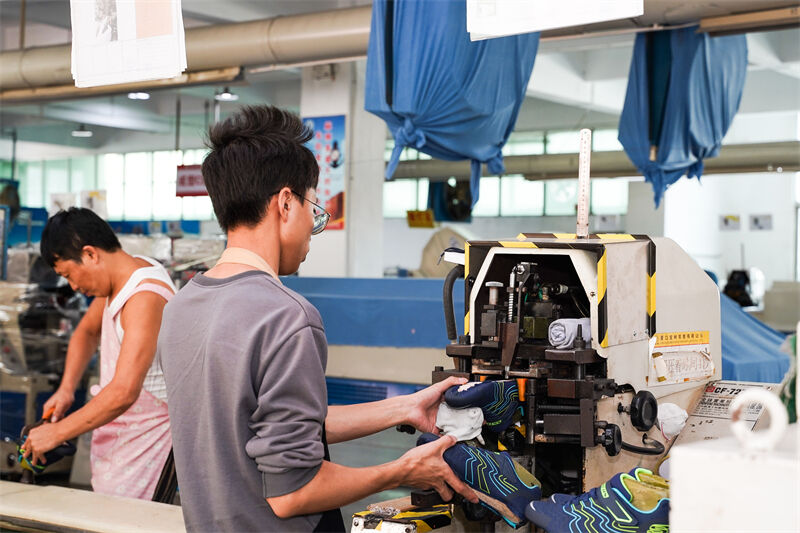
Lasting Machine Assembly: The lasting process is one of the most common standardized assembly processes. The lasting machine is used to strongly stretch the upper and wrap it on the shoe last.
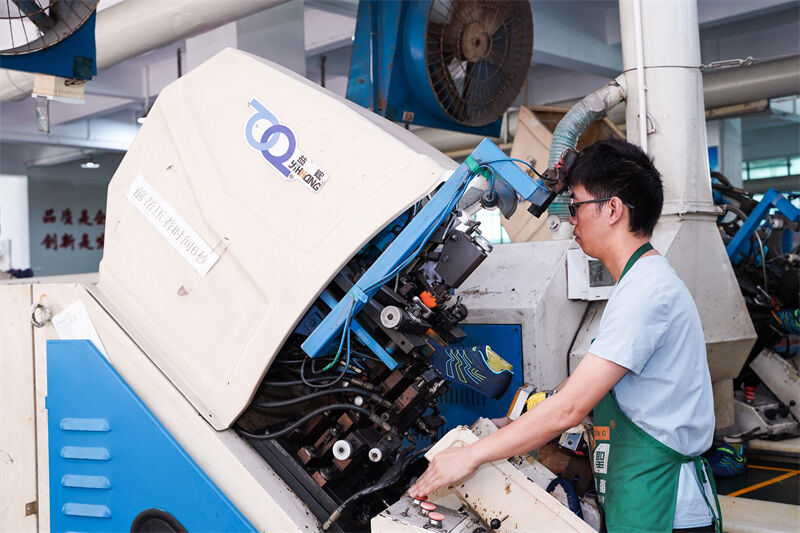
At Naikeway, we have multiple molding production lines, and can flexibly arrange the most suitable molding method according to the actual needs of customer orders, ensuring product quality while taking into account production efficiency and cost-effectiveness.
Conclusion: Every process is the basis of a pair of good shoes
At Naikeway, we not only master a variety of mature process flows, but also continue to invest in research and development to optimize the efficiency and quality of each link. We are well aware that different market positioning, functional requirements and cost budgets all require matching appropriate process.
📞 If you want to know more about the details of shoes manufacturing processes, or need to develop new products for your brand, we welcome you to contact us at any time!
Email: [email protected]